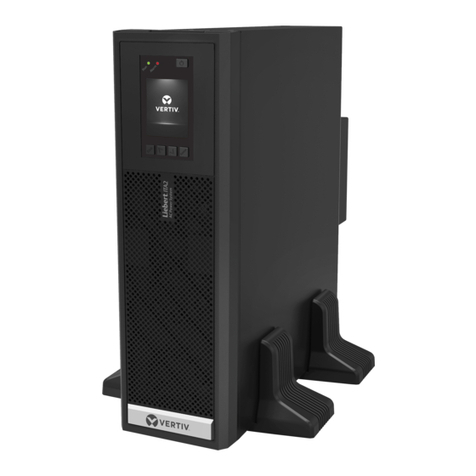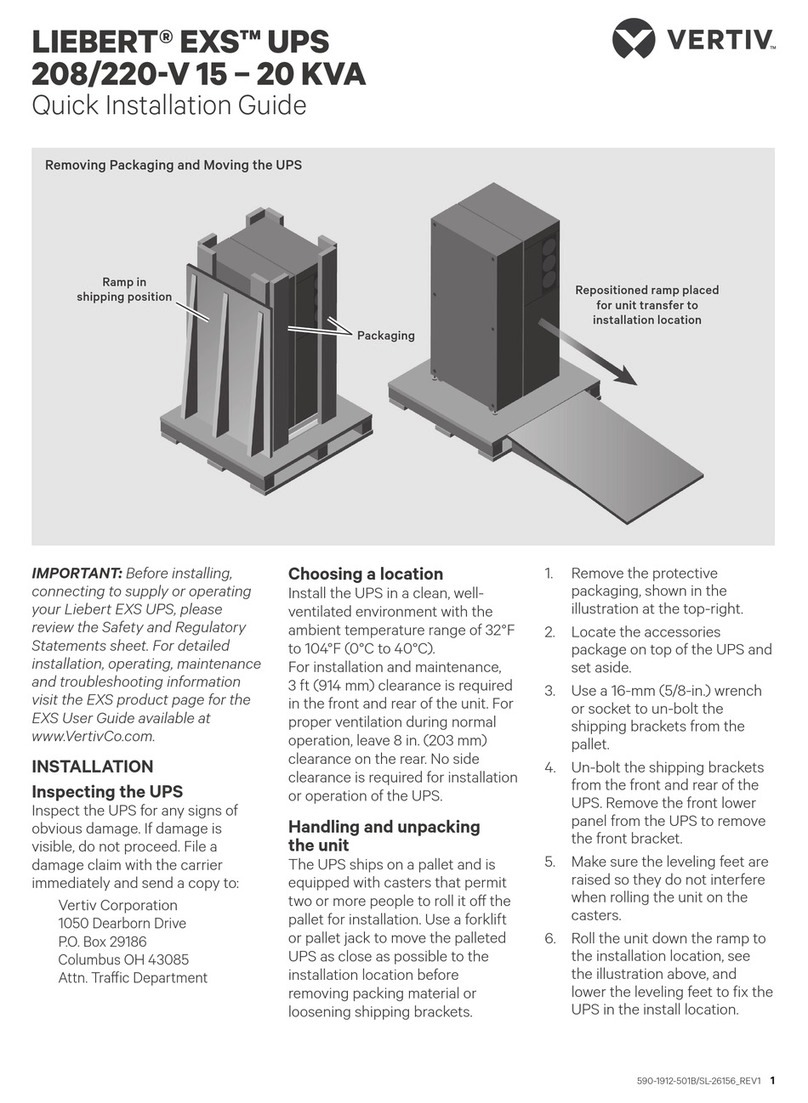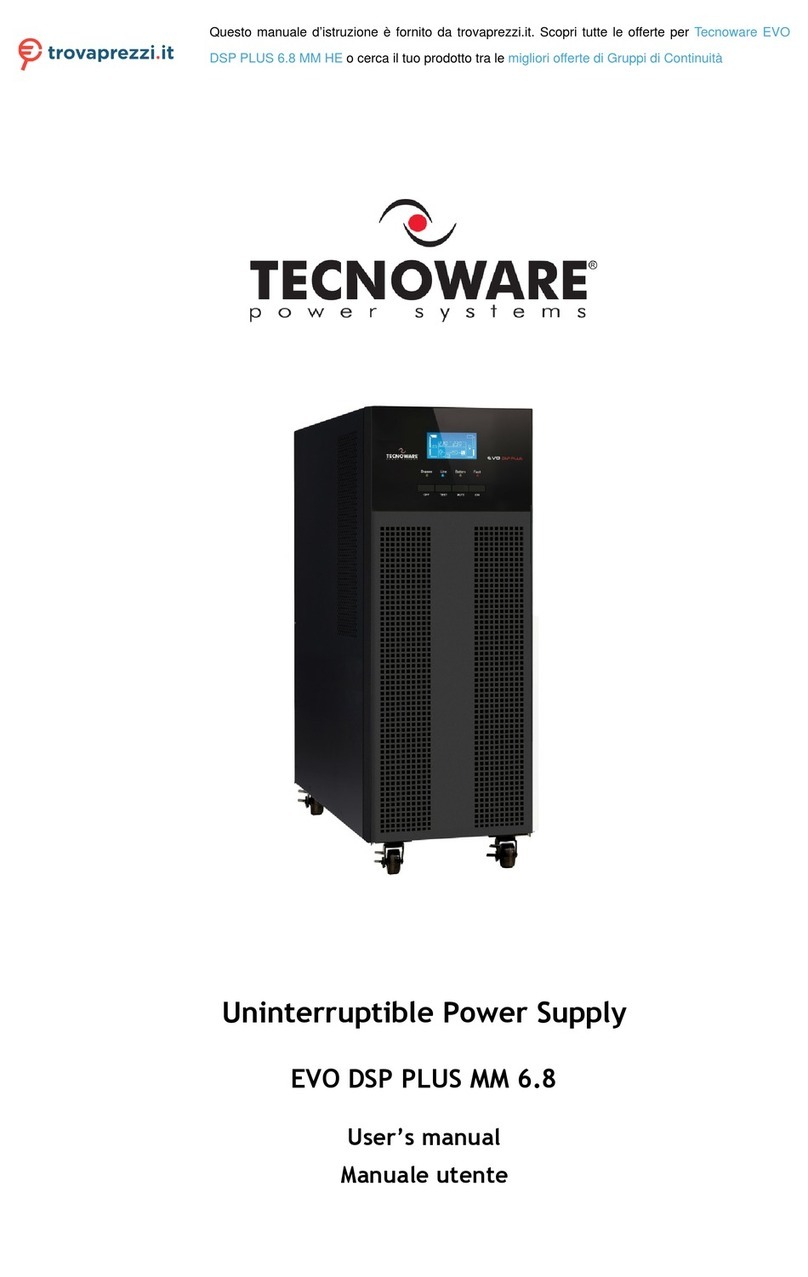Vertiv Liebert APM Plus User manual
Other Vertiv UPS manuals

Vertiv
Vertiv Liebert NX 225 kVA User manual
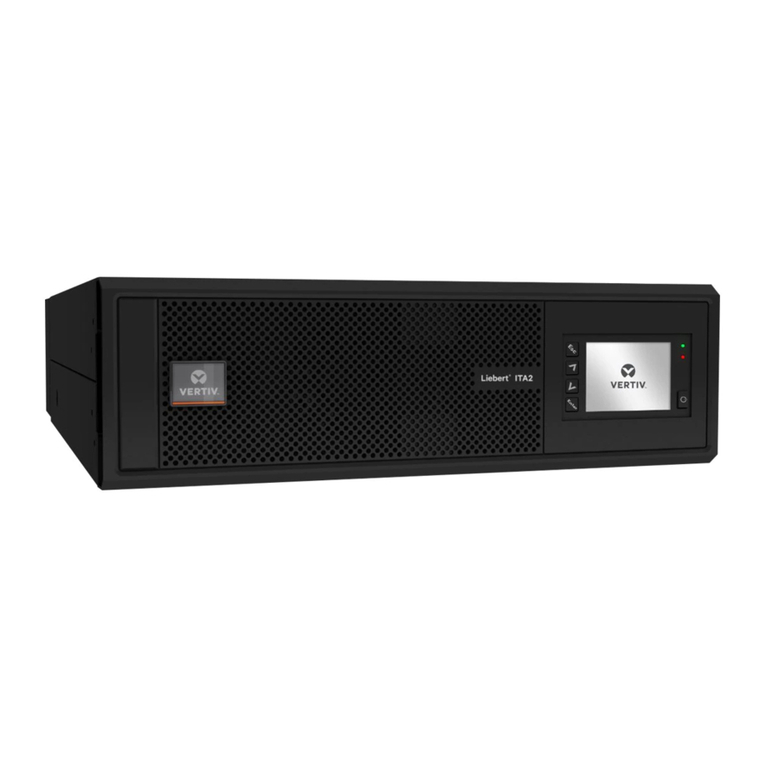
Vertiv
Vertiv Liebert ITA2 Installation and maintenance instructions

Vertiv
Vertiv Liebert ITA2 Installation and maintenance instructions
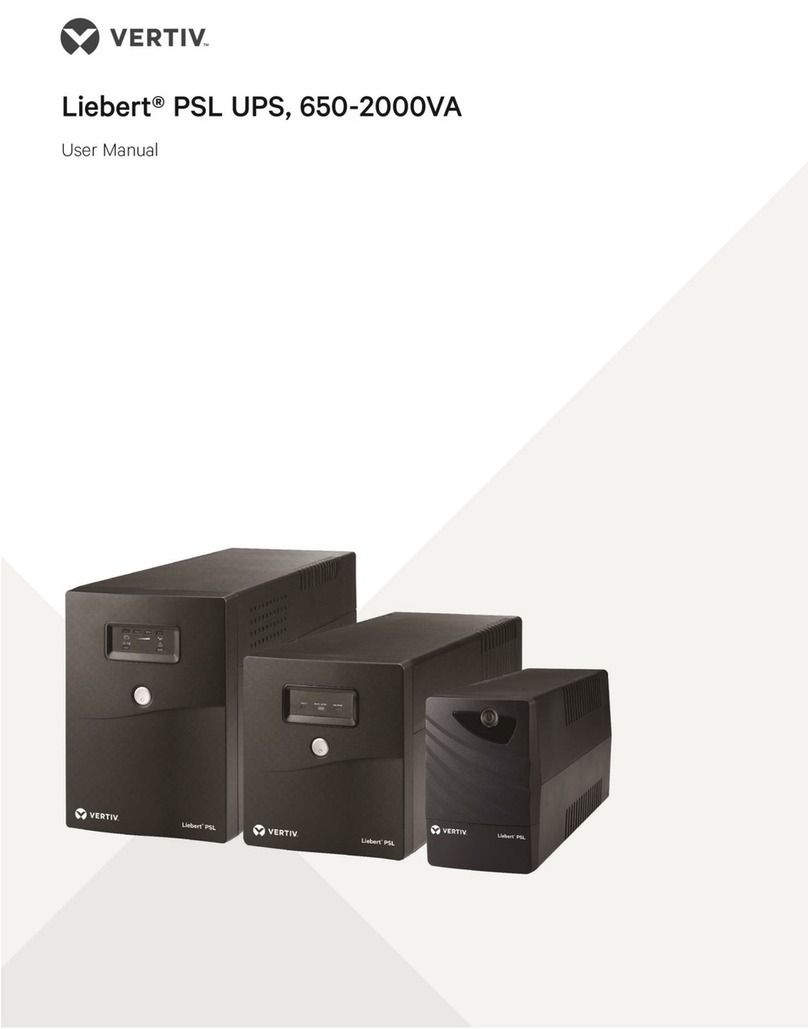
Vertiv
Vertiv Liebert PSL Series User manual
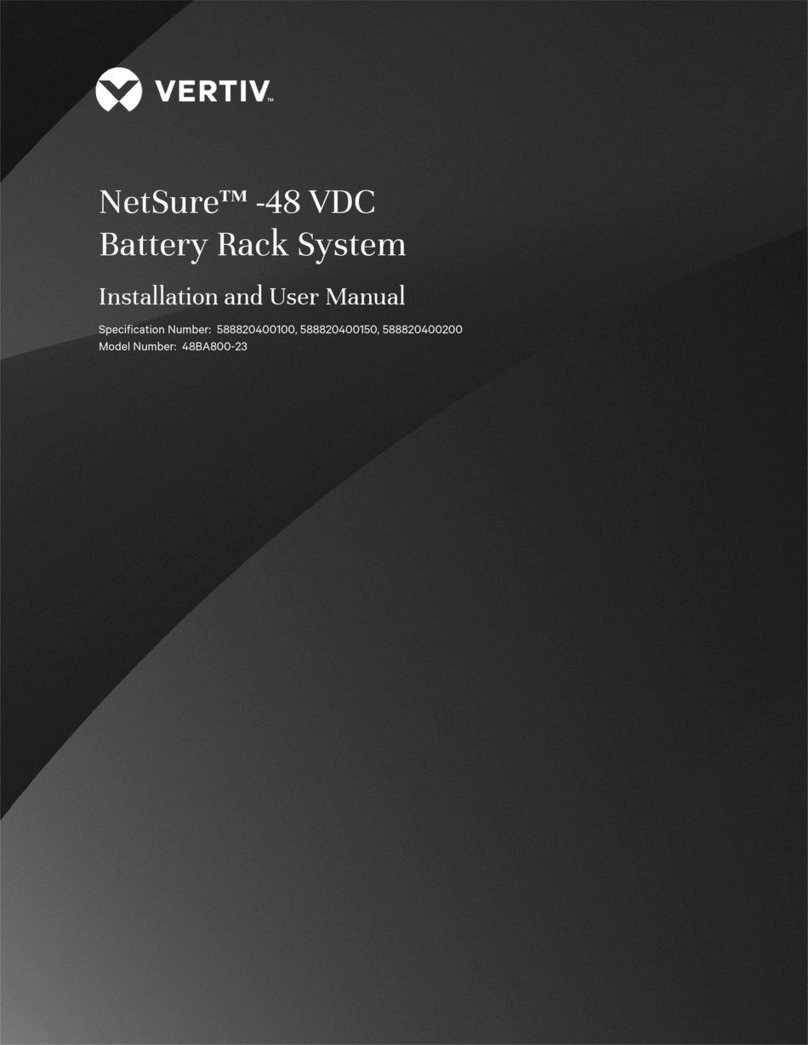
Vertiv
Vertiv NetSure 48 Series User manual
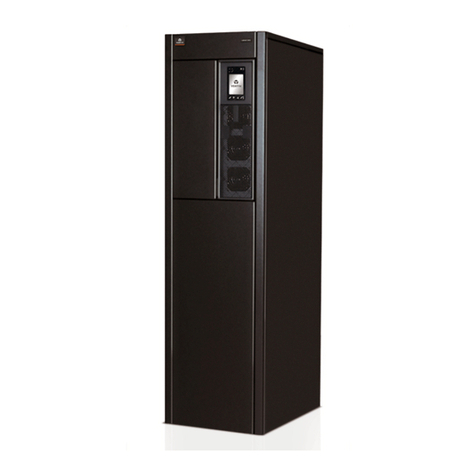
Vertiv
Vertiv Liebert EXS 10kVA User manual

Vertiv
Vertiv Liebert PSI PS2200RT3-120 User manual
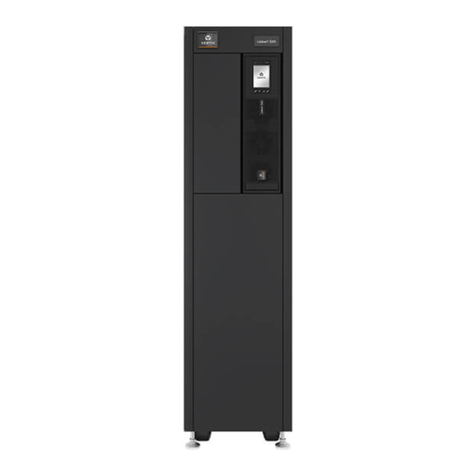
Vertiv
Vertiv Liebert EXS Installation and maintenance instructions
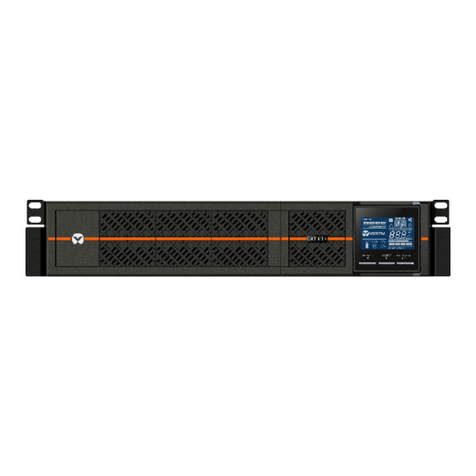
Vertiv
Vertiv Liebert GXT RT+ User manual
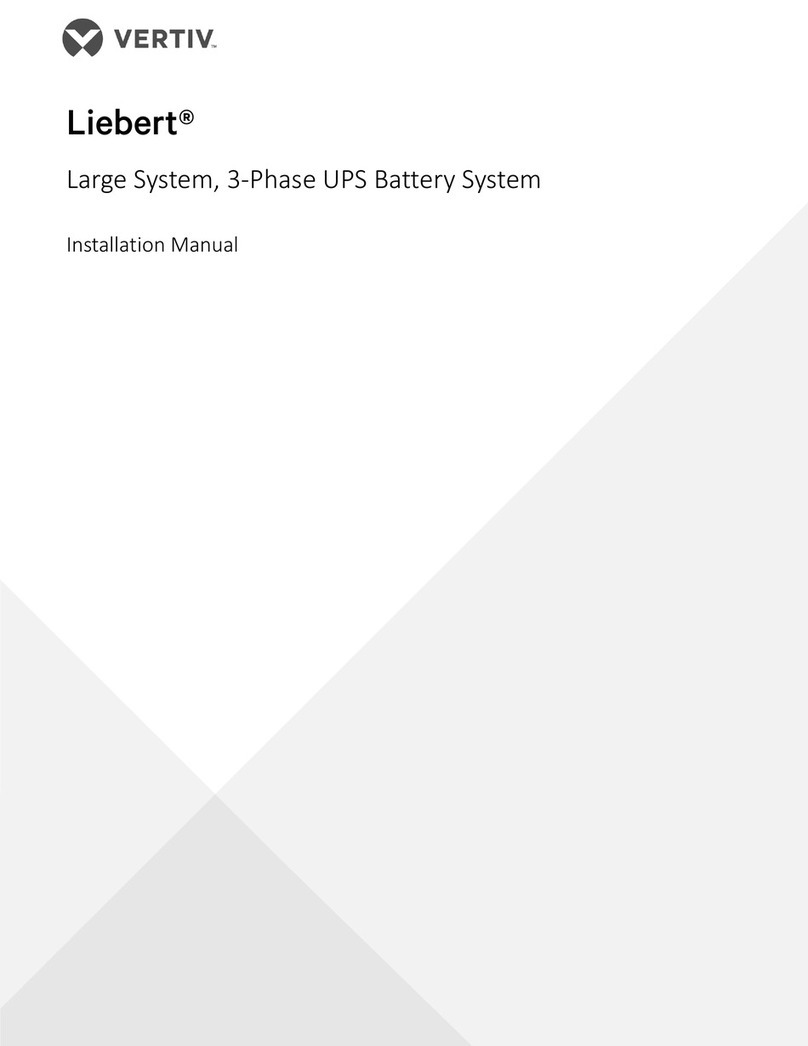
Vertiv
Vertiv Liebert EXL User manual

Vertiv
Vertiv Liebert EXS User manual
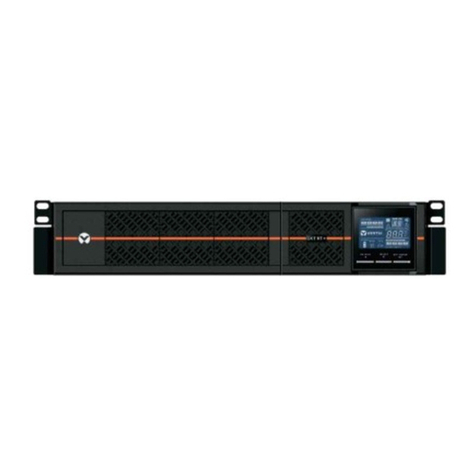
Vertiv
Vertiv Liebert GXT RT Series User manual
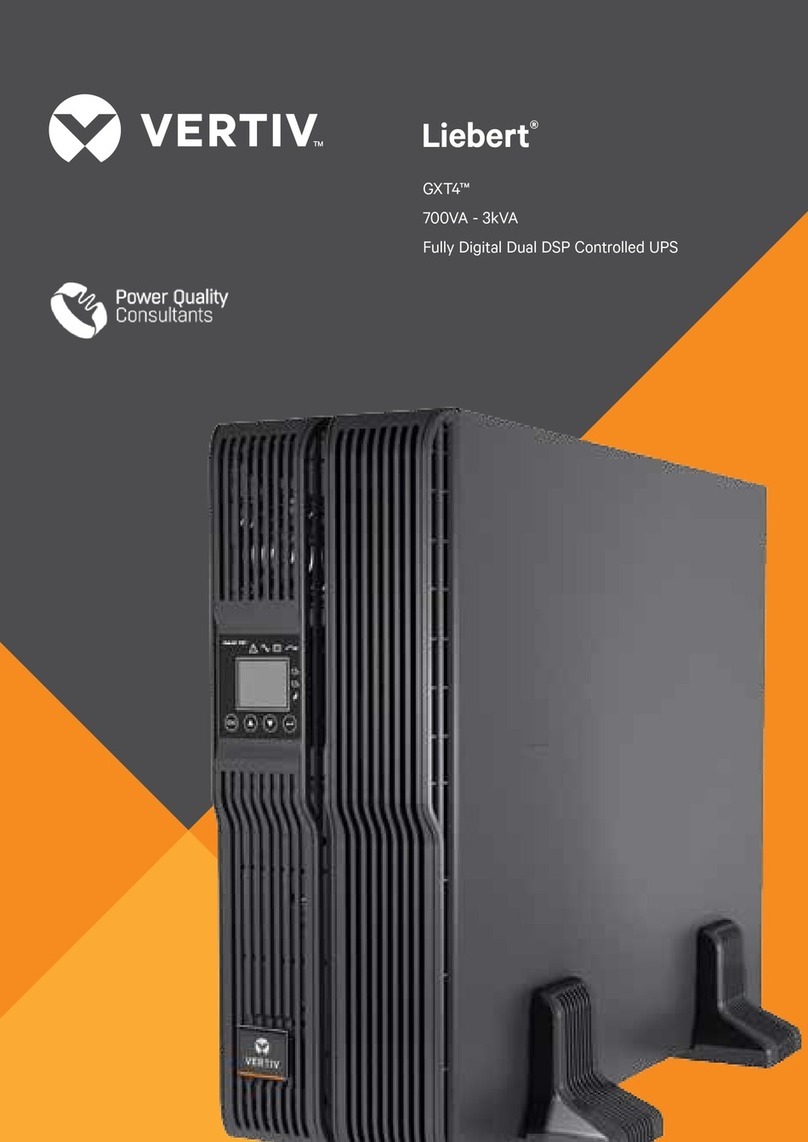
Vertiv
Vertiv Liebert GXT4 Series User manual
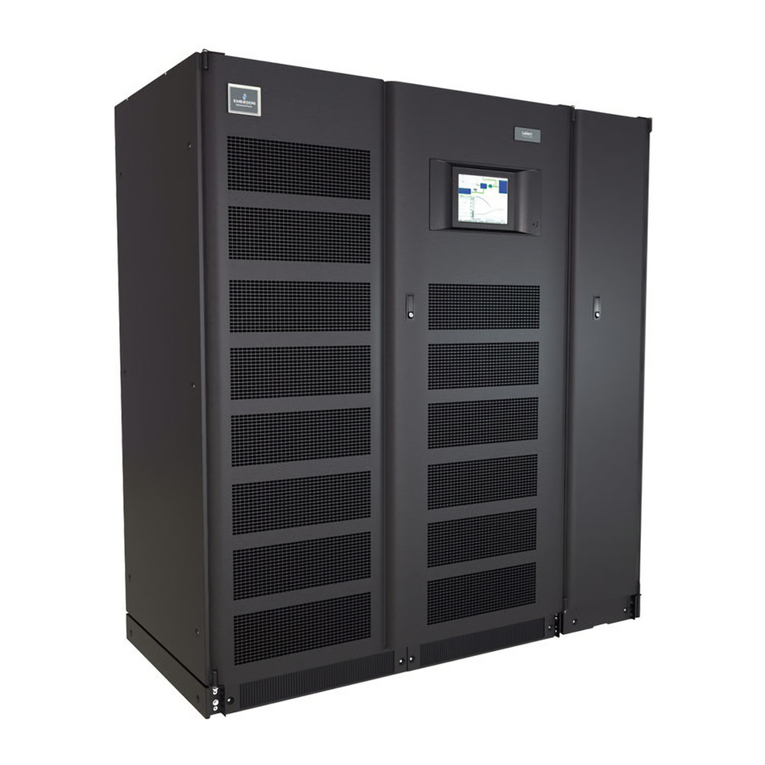
Vertiv
Vertiv Liebert NXL 500 User manual
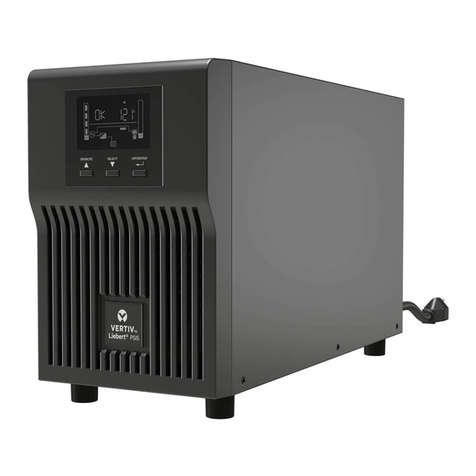
Vertiv
Vertiv LIEBERT PSI5 Series User guide
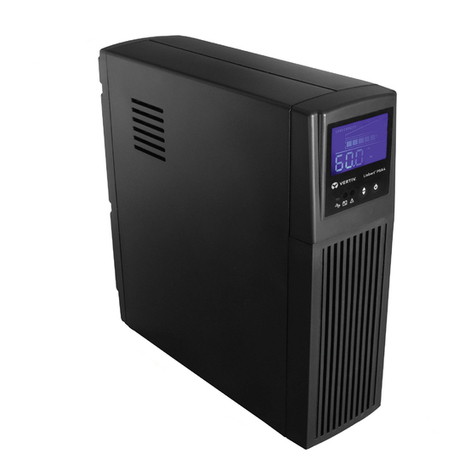
Vertiv
Vertiv Liebert PSA4 User manual
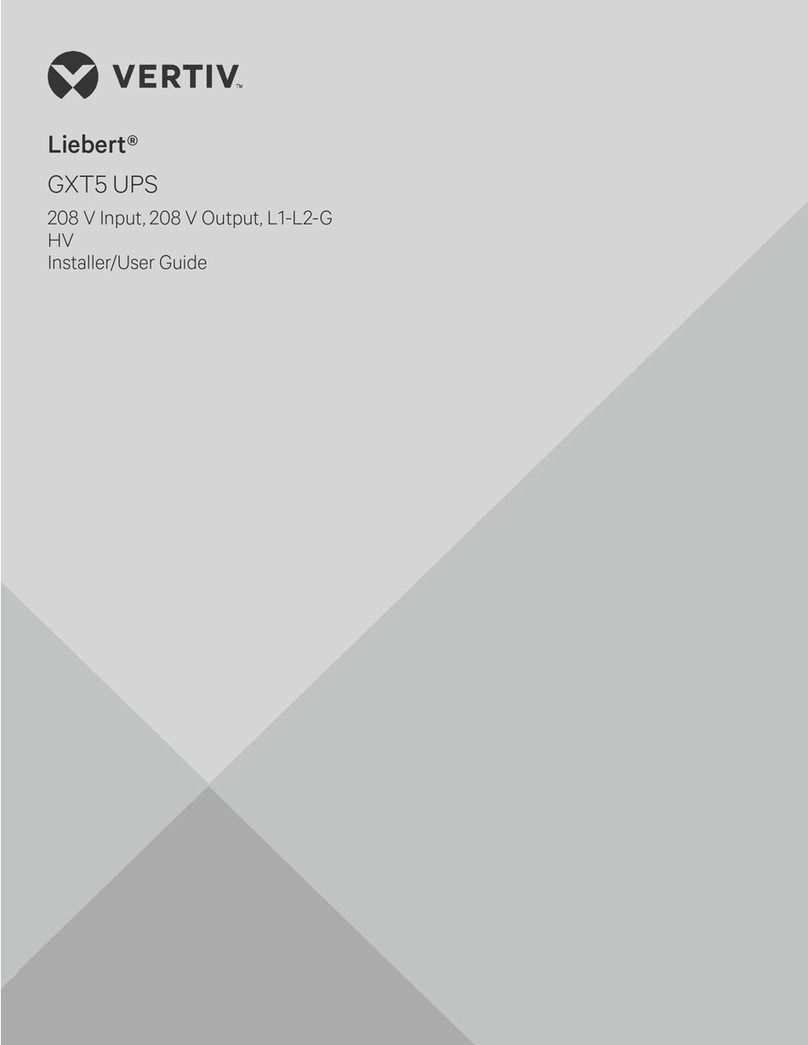
Vertiv
Vertiv Liebert GXT5-5000MVRT4UXLN Installation and maintenance instructions
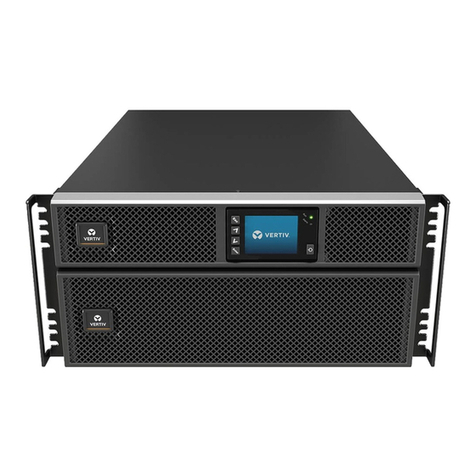
Vertiv
Vertiv Liebert GXT5 Installation and maintenance instructions
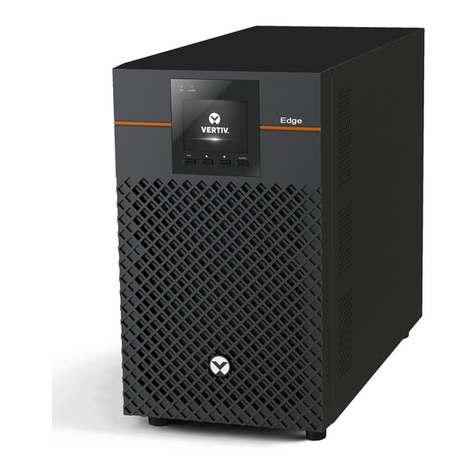
Vertiv
Vertiv Liebert EDGE Series Installation and maintenance instructions
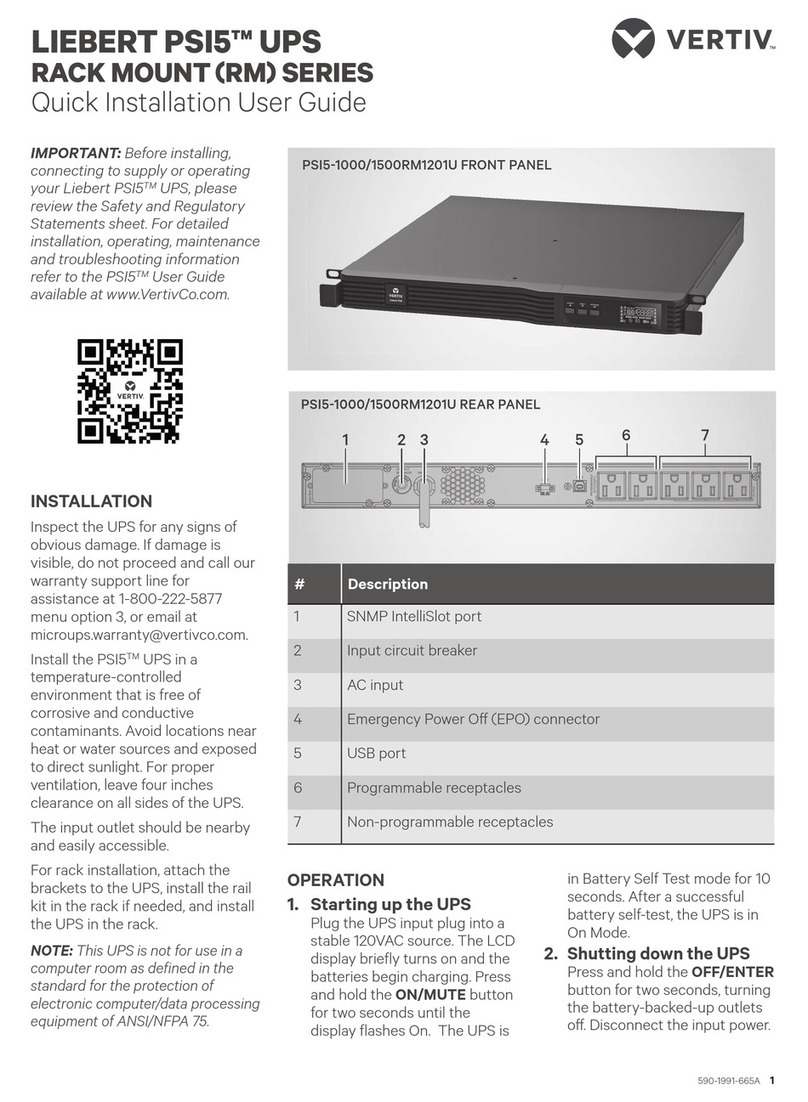
Vertiv
Vertiv LIEBERT PSI5 Series User manual
